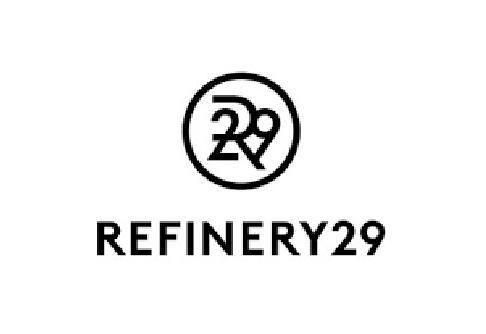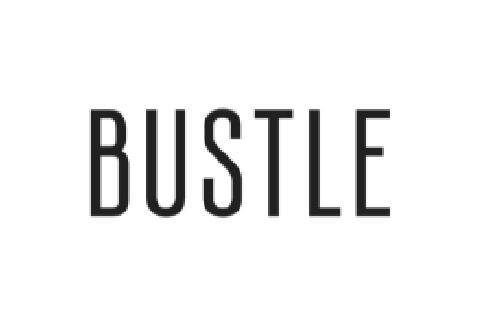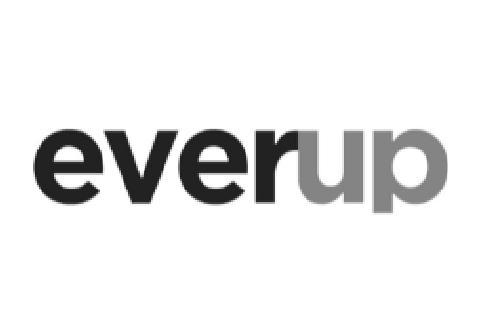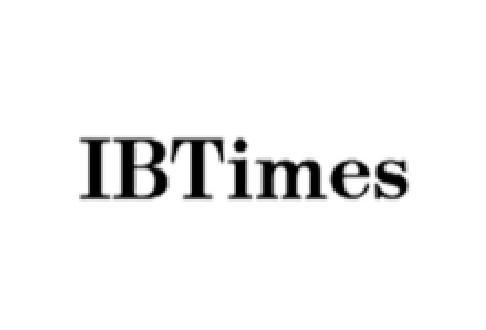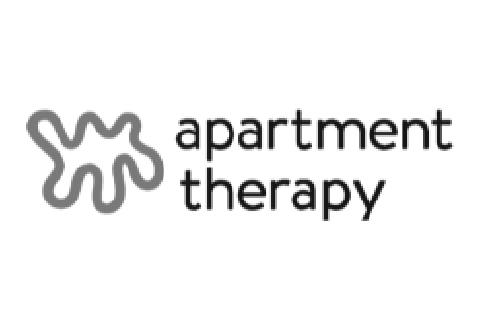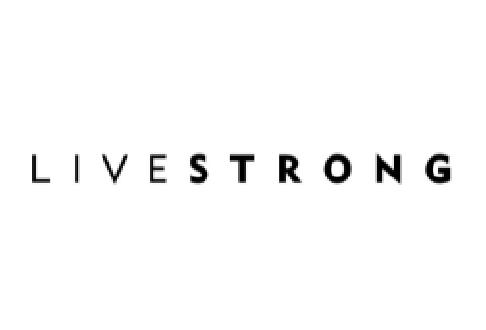Join us as we explore a balanced approach to goal setting, harmonizing Eastern and Western traditions, deepening awareness at every level, and unearthing what truly matters in pursuing our dreams. We’ll delve into the art of materializing goals, conquering self-doubt, resisting the urge to retreat, and ultimately, embracing the transformative power of effective goal setting.
Two Types of Rationality
In the early 20th century, German sociologist Max Weber introduced us to two distinct types of rationality: “substantive” and “instrumentative”.
Substantive Rationality: This concept centers on establishing goals rooted in significant values and cultural obligations. It involves integrating a rich array of qualitative data to make informed decisions.
Instrumentative Rationality: With this approach, people tend to set goals they believe they can realistically achieve. They prioritizes the practicality and feasibility of objectives.
However, as we explore these rationalities further, it becomes apparent that this division doesn’t paint the full picture. In general, when working with coaching clients, we encounter two primary challenges that hinder them from transforming their desires into reality.
Two Common Obstacles to Goal Achievement
Navigating the Maze: Finding the ‘Right’ Goals
The first challenge often stems from the struggle to pinpoint the most fitting goals. This can be due to a misalignment of values, incomplete information, or other factors. It’s the pivotal first step in the goal-setting process where the very foundation of the goal may be at risk.
The Battle Within: Confronting Resistance During Implementation
The second challenge arises during the implementation phase, where resistance becomes a formidable adversary. This resistance often signals issues with goal definition and might necessitate a return to the drawing board. Proper goal setting is as crucial as addressing resistance in the coach-client relationship.
In Weber’s terms, the first case suggests issues in defining the endgame. Were the values wrong? Was data lacking? The second case relates to pursuing the goal; sometimes, it doesn’t feel right.
It’s common for the second case to send us back, as resistance may result from an unclear goal. Proper goal setting is vital in the coach-client relationship, as important as overcoming resistance. This means taking a step back.
Client Diversity: Two Starting Points
Clients vary. Some know their goals and need to explore their deeper meaning. Others have ideas but struggle to act, leading to anxiety. To break this pattern, they need to connect with what truly matters, ideally at the beginning of goal setting.
Clients can be categorized into two groups.
- Some clients approach the coach with clear or somewhat defined goals. In such cases, the coach should encourage the client to step back instead of hastily delving into the formal process. This allows for a deeper exploration of the significance of setting and achieving these goals in the future.
- Conversely, other clients may need clearer notions of their goals but need help to take action. This repeated cycle of passivity often leads to anxiety. To break free from this pattern, aligning with what holds true meaning is essential. This alignment work should ideally occur during the initial stages of goal setting.
Before we delve into addressing these cases, let’s take a quick look at traditional approaches to goal-setting.
Traditional Approaches to Goal Setting
Generally, the “Western” approach to goal setting is relatively straightforward. It involves focusing on the desired outcome, gaining clarity, and taking action. We often hear the mantra, “Just do it.” A refined version of this approach is setting “SMART” goals, which stands for Specific, Measurable, Attainable, Relevant, and Time-bound.
Specificity is achieved by asking detailed questions such as what needs to be done, who’s involved, when the deadlines are, where it should happen, and why it’s pursued in the first place. Measurability entails using defined metrics and milestones throughout the project. Attainability seeks a balance between motivation and discouragement. Relevance links the project to larger achievements or future goals. Time constraints involve establishing realistic and concrete delivery expectations.
Once these goals are chosen, the next steps involve detailed planning. From there, success depends on effective project management, emphasizing efficiency, productivity, and accountability. It’s a clear and pragmatic approach.

Balancing Western and Eastern Philosophies
At times, the structured, Western approach to goal setting is contrasted with what’s often seen as an “Eastern” remedy to the stress of rigid, measurable outcomes. In its most extreme form, this approach advocates for “goal-free living,” focusing instead on the present moment and what’s unfolding. It’s a philosophy that emphasizes the wisdom of Taoism, where leading an effortless life demands substantial effort.
This Eastern perspective encourages individuals to be fully present, closely observing their surroundings and connecting with their intuition through their bodies and emotions. Adhering to these principles naturally guides them toward the next steps in life.
Deepening Awareness: The Coach’s Role
However, neither of these approaches is entirely satisfying. Our method of goal setting draws inspiration from both traditions. We uphold the importance of measurable goals and structured outcomes. Instead, we aim to uncover why something holds significance for the client in the first place. This process helps clients recognize what genuinely matters to them. It involves introspection, with questions like, What truly excites me? What motivates me? What brings meaning to my life? Where do these feelings originate?
This isn’t merely about visualizing the future; it’s about focusing on the present and deepening awareness. It’s about understanding what feels right, what’s truly fulfilling, and what engages us on a profound level.
This means that the coach assists clients in becoming more conscious of their experiences in the present moment. The client must gain insights into their internal thought processes, emotions, and behaviors to bring about any form of personal transformation.
This involves a journey of discovery, reconnection, and the deepening of awareness across various dimensions of their being:
Body Awareness: Understanding the physical sensations and signals within the body.
Emotional Awareness: Recognizing and comprehending one’s emotional responses and reactions.
Metacognition (Awareness of Our Own Thinking Process): Gaining insight into how one thinks, processes information, and makes decisions.
Spiritual Awareness: Exploring one’s spiritual or philosophical beliefs and their influence on choices and actions.
Self-awareness in Doing (Conscious Action): Being conscious and intentional in one’s actions and behaviors.
Three Stages of Awareness Deepening
Awareness can be consciously directed towards various stimuli. Within each Aspect of Being, awareness can delve into different levels of engagement, ranging from simple recognition to full embrace of an observed phenomenon, be it a physical sensation, an emotion, or a thought.
At its basic level, awareness starts with a simple observation – the moment when emotions, thoughts, and actions are initially detected. It’s the realization that “It’s there.”
This initial stage often sparks questions related to values and deeper philosophical contemplation.
This initial stage is an excellent starting point. The coach provides a supportive space for the client to deepen their awareness further. For instance, when focusing on the emotional aspect, awareness is deepened by staying with the experienced emotion, truly feeling it, rather than dismissing or suppressing it. In the mental aspect, it involves questioning the factual basis of detected thoughts. In the spiritual aspect, it calls for approaching actions with humility. Taking action requires a commitment to staying on the right path.
Finally, the third awareness phase includes labeling emotions, reframing thoughts, and developing constructive habits. This journey of deepening awareness is a transformative process that leads to personal growth and self-improvement.
At every aspect of our being, deepening awareness consistently involves three stages: detection, acknowledgement, and ultimately, embracing newfound insights gained during these exercises. This practice equips the client with heightened sensitivity to signals that would otherwise be promptly dismissed as either agreeable or disagreeable.
These signals can be scrutinized and analyzed to extract valuable information. This analysis occurs on multiple levels, including the physical body, experienced emotions, and alignment with the individual’s ethical values.
This process of self-exploration enables the client to unearth the wellspring of motivation that drives them to seek change from the existing status quo. Something more profound fuels this momentum to expand, move forward, and evolve.
Unveiling Inner Motivations
But what precisely is this driving force? Understanding and responding to this inner voice is a twofold skill, and the coach plays a pivotal role in guiding the client through the exploration of their experiences and their origins.
This process of clarification often involves asking some fundamental questions:
- What brings a sense of contentment?
- What doesn’t quite align with your well-being?
- Does this resonate with your truth?
- Is it aesthetically pleasing?
- Is it conducive to your health and overall well-being?
- Does it contribute to prosperity?
- Is there any associated anxiety related to this desired objective?
- How does this impact you and your family, community, friends, and humanity as a whole?
Bringing Imagination to Reality
In any pursuit of a goal, there’s an element of creativity and a desire to manifest something. Human imagination is incredibly vast, but it often lacks a defined shape. To translate these imaginative thoughts into tangible reality, action is essential.
This process can be metaphorically likened to giving form to something formless, like bringing a fleeting thought to life on a concrete stage. One of the most effective ways to achieve this is by verbalizing the idea, often through a conversation with a coach. This verbalization solidifies the previously formless energy that drives us to take action. Once expressed, these ideas can take on countless forms: they can become relationships between individuals, startups, works of art, inventions, technological applications, books, victories in competitions, or remarkable achievements.
However, one critical factor for these ideas to materialize is being fully present and engaged. What makes these creations remarkable is that they are unique and never exactly the same.
Clients should understand and embrace the inherent beauty of the creative process without fixating on the unattainable pursuit of perfection. Often, individuals need clarification about their capacity to generate innovative creations, causing them to hesitate and feel confused. If they consistently dismiss their genuine desires, they may be tormented by destructive thought patterns, such as feelings of inadequacy, fear of ridicule, or uncertainty about their aspirations.
Overcoming Self-Doubt and Perfectionism
Overcoming these obstacles necessitates immersing oneself in deepening awareness, as discussed earlier. When these fundamental questions are addressed with full awareness of how one’s body, emotions, thought processes, and moral compass respond, it leads to clarity regarding what the client genuinely desires.
This forms a critical component of the work conducted by life coaches with their clients. However, it’s essential to remember that all this work revolves around the goal. Even when the desired prize at the journey’s end is highly aspirational, immensely motivating, and perfectly aligned with the client’s emotional, mental, and ethical makeup, the journey may still present challenges. This is known as “resistance work,” a distinct phase in the coach-client engagement.
Navigating Resistance: The BETAS System
During this phase, the coach and client collaboratively employ a set of tools, known as the BETAS System, which we’ve defined at the New York Life Coaching Institute. When the client develops a strong connection with the goal across all four aspects of their being, they learn to relish the journey, regardless of the hurdles they encounter. It’s not merely because the external achievements are desirable, but because the client feels a genuine and profound connection to them.
When goal setting is executed effectively, even if occasional doubts resurface, the likelihood of the client regressing to a previous stage is exceedingly low. This is because the client acquires new tools through working on the inner drivers of their pursuit and exploring various levels of awareness.
Embracing the Journey
These tools empower them to endure discomfort during subsequent phases of self-discovery better. No matter what new challenges may arise, these clients won’t feel like novices anymore.
Goal Setting for Personal Growth
This underscores the significance of proper goal setting. It provides an opportunity for coaching clients to learn how to respond to life’s circumstances more constructively and make well-informed choices, ultimately contributing to their personal growth and self-improvement.
Watch our introductory class today to discover how to bring together Eastern and Western wisdom in coaching to help your clients achieve authentic goals:














